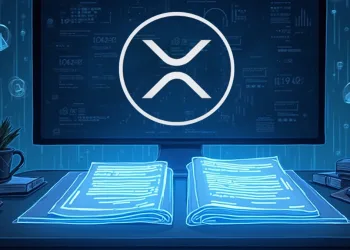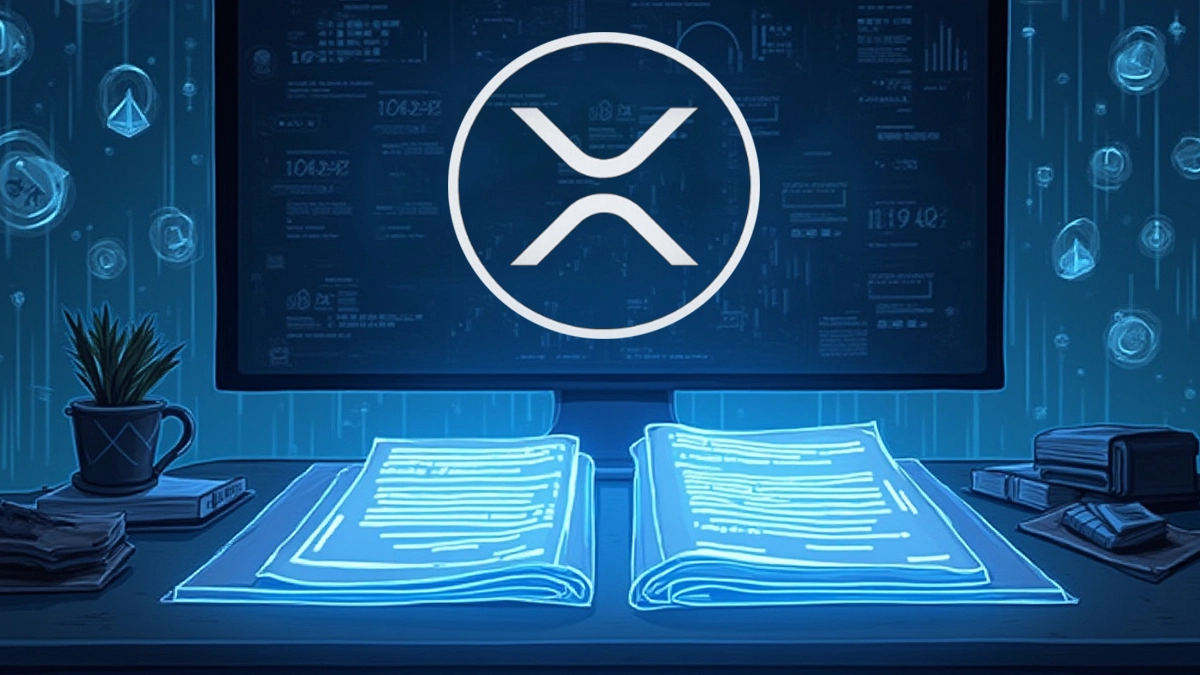- Charles Hoskinson outlined a proposal to bring decentralized finance to Bitcoin, using Cardano as a support layer while maintaining Bitcoin’s native principles.
- A multi-tier approach, involving secure cross-chain infrastructure and wallet integration, is central to enabling DeFi for Bitcoin users.
- New tools like BitVMX and RISC-V could allow smart contract development on Bitcoin, broadening its utility through shared blockchain infrastructure.
At the Bitcoin Conference MIAMI, FL — May 2025, Charles Hoskinson shared a vision to take Bitcoin beyond just being a store of value. He introduced a plan to bring DeFi to Bitcoin, with Cardano offering the tools and infrastructure to make it possible—while still staying true to Bitcoin’s core principles.
Hoskinson, a long-time contributor to blockchain development, acknowledged Bitcoin’s transformation over the past 15 years. Once exchanged informally through spreadsheets and niche forums, Bitcoin is now held by governments and major corporations. Yet, according to Hoskinson, the next logical step is to make Bitcoin productive enabling holders to earn yield and access decentralized applications while still upholding the asset’s foundational rules.
These principles, as he described, include preserving Bitcoin as the native asset for security, transactions, and rewards. Any new system must respect those tenets while enabling activity beyond the base chain a challenge for developers seeking to integrate DeFi capabilities into Bitcoin’s ecosystem.
Infrastructure and Wallet Integration
Central to the proposal is a layered technology stack. The base of this stack focuses on secure and scalable infrastructure that can connect the Bitcoin network with other chains. Contributors including Sergio Lerner and teams such as Faragate and Sundial have been exploring various approaches for years. Progress in this area is seen as essential to enabling secure Bitcoin movement across networks.
Above the infrastructure sits the wallet — a tool that maintains user control while providing access to Bitcoin-based DeFi. A toggle-based feature was introduced as a concept to switch between standard and DeFi functionality, designed to allow users to interact with applications, generate yield, and still transact in Bitcoin.
Cross-Chain Development Could Expand Bitcoin’s Utility
The development experience was also highlighted as a key component. With technologies like BitVMX and the open-source RISC-V platform, developers may soon be able to write smart contracts for Bitcoin using tools originally designed for Cardano. This could reduce barriers for builders and unify the ecosystem around shared infrastructure.
Hoskinson noted that Bitcoin’s market cap could approach $10 trillion in the coming years. As more Bitcoin leaves the base chain in search of utility, projects that enable secure cross-chain movement and DeFi interaction may play a pivotal role. He concluded by stating that successful financial systems in the future would likely require collaboration across multiple blockchain networks, not dominance by any single one.













